Tag: Cesar Franck
-
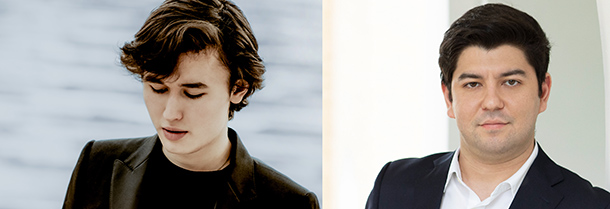
-
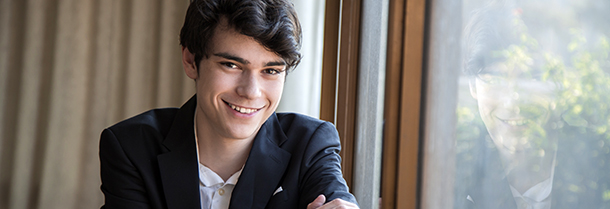
-
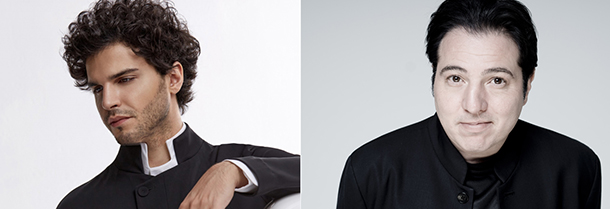
PROGRAM NOTES: JAMAL ALIYEV AND FAZIL SAY
Franz Schubert Sonata in A minor for Arpeggione and Piano D. 821 Schubert’s Arpeggione Sonata was composed in 1824 but only published in 1871—long after the composer’s death in 1828, and almost as long after the principal instrument for which it was written fell out of favour. The six-stringed arpeggione was a kind of large…
-
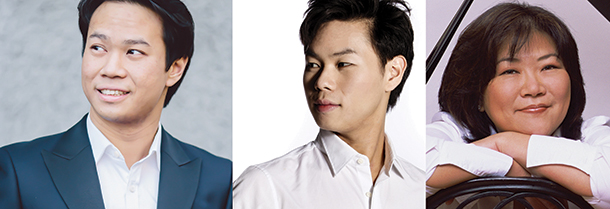
PROGRAM NOTES: NIKKI AND TIMMY CHOOI AND ANGELA CHENG
Claude Debussy Sonata in G minor for violin and piano The sound of Debussy’s music confounded many of his contemporaries. From a tonal point of view, it floated in stasis in a world of pastel sounds that arrived at their destination more by whim than by design. How, they asked, could what he composed actually…
-
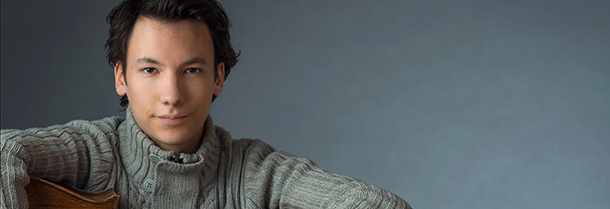
PROGRAM NOTES: EDGAR MOREAU & JESSICA XYLINA OSBORNE
Francis Poulenc Sonata for Cello and Piano Op. 143 Mozart meets Stravinsky – in a Paris cabaret. As unlikely as such a meeting might be in historical terms, it is about as good a description as you can find for the musical style of French composer Francis Poulenc. The directness of his writing, its exuberance…
-
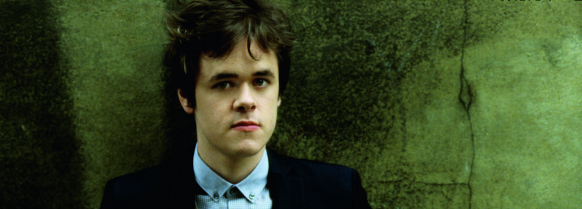
PROGRAM NOTES: BENJAMIN GROSVENOR
Jean-Philippe Rameau Gavotte and Variations in A minor The modern pianist seeking to play the Baroque harpsichord repertoire faces many obstacles, starting with the friendly fire of his own trusty Steinway itself, so different in sound from the perky little plucked-string sound box for which this music was originally written. A note on the harpsichord…
-

PROGRAM NOTES: NAREK HAKHNAZARYAN
César Franck: Sonata in A major For most of his life, Franck led a relatively quiet existence as an organist and pedagogue, emerging from obscurity as a composer only near the end of his life. His only violin sonata (which has also been arranged for numerous other instruments, notably flute, viola and cello) was created…

